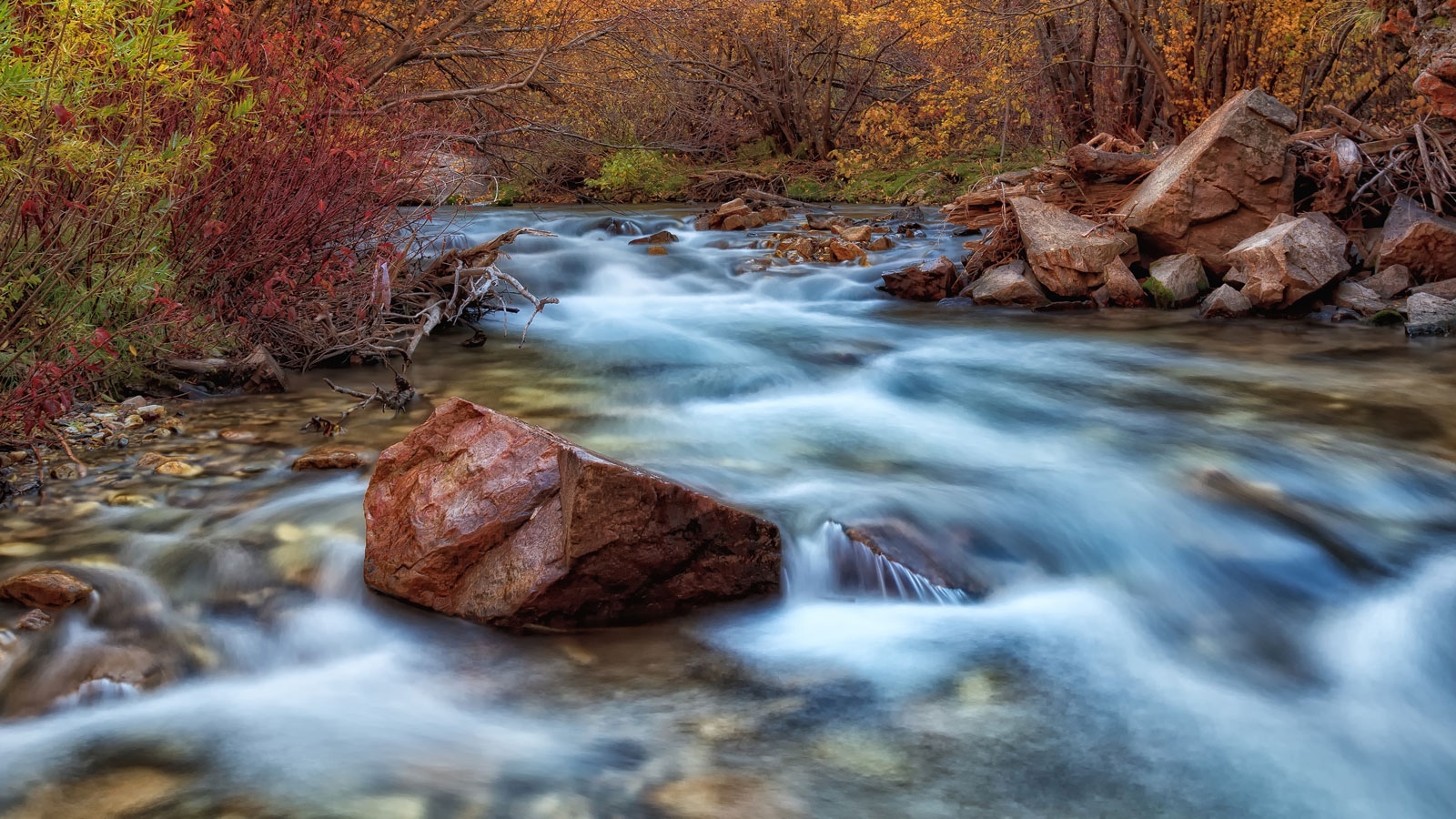Under the Wilderness Designation Act, Wilderness is a designation that we, the citizens of the United States, can place upon our public lands. It is the highest level of protection that our public lands can receive and can only be created or removed by an act of Congress. The act stipulates that the lands “shall be devoted to the public purposes of recreation, scenic, scientific, educational, conservation and historic use.”
To administer these lands the National Wilderness Preservation System was created. The land in the system has grown from 9.1 million acres upon enactment to over 107 million acres (and growing). These areas are managed, in harmony, by four different Federal Land Management agencies: The Bureau of Land Management (BLM), United States Forest Service (USFS), National Parks Service (NPS), and the United States Fish and Wildlife Service (USFWS). These agencies may recommend Wilderness areas in their various plans but ultimately, the decision to create these areas lies in the hands of the United States Congress.
Not all public lands in the US are eligible for protection under the Wilderness Act. In order for lands to qualify they must be pristine, “untrammeled” landscapes, that have been Inventoried Roadless. If an area, for whatever reason, loses its Wilderness character, or man leaves his mark on the landscape, it becomes ineligible for future protection. Once these special places are compromised, they could be lost forever! It is so important to protect these special places before they are gone.
Wasatch Wilderness
In 1978 and again in 1984, at the urging of the Utah Delegation, Salt Lake City, Save Our Canyons, and the environmental community, Congress permanently protected approximately 37,000 acres of Utah’s most scenic alpine terrain. We worked hard and successfully for wilderness designation of the Lone Peak, Twin Peaks, and Mt. Olympus wilderness areas in the Wasatch.
Lone Peak National Wilderness Area – 30,544 acres
The Lone Peak Wilderness is Utah’s first designated Wilderness dating back to 1978. From the skyrocketing peak of Lone Peak scraping the sky at 11,253 in elevation, one can cross granite lined basins, ripe with wildlife and seasonal streams falling steeply down to the cities of Sandy and Draper in the valley below.
Mt. Olympus National Wilderness Area – 15,279 acres
Established by Congress in 1984 along with the Twin Peaks National Wilderness as part of the Utah Wilderness Act. Mt Olympus Wilderness is home to unparalleled backcountry skiing, splitboarding, snowshoeing and hiking. High peaks and shaded valleys are sought out by the many visitors to this highly accessible wilderness area.
Twin Peaks National Wilderness Area – 11,447 acres
Twin Peaks, a rough and exposed summit perched 11,319 feet above admirers below is just one majestic peak in an area rich with high alpine lakes, exposed ridge lines and varied rock formations. Steep side canyons formed by ancient glaciers are characteristic of this beautiful area.
Mount Nebo Wilderness Area – 27,057 Acres
The Mount Nebo Wilderness Area is located in the southern most part of the Wasatch Range and was established as a designated Wilderness Area by Congress in 1984. Mount Nebo rises to 11,928 feet, claiming the highest point in the Wasatch Range.
Mount Timpanogos Wilderness Area – 10,518 Acres
Mount Timpanogos was established as a designated Wilderness Area as part of the Utah Wilderness Act of 1984. This area is located in the Wasatch Mountains between Provo Canyon and American Fork Canyon. Mountain goats, elk, moose, and many other animals are commonly seen in the Emerald Lake area.
Mount Naomi Wilderness Area – 44,473 Acres
Mount Naomi Wilderness Area is located between the Utah-Idaho State line and Logan River. This Wilderness Area was established in 1984 as an act of Congress. During the summer months the mountain meadows are covered with blooming flowers, which include flowers unique to the area.


